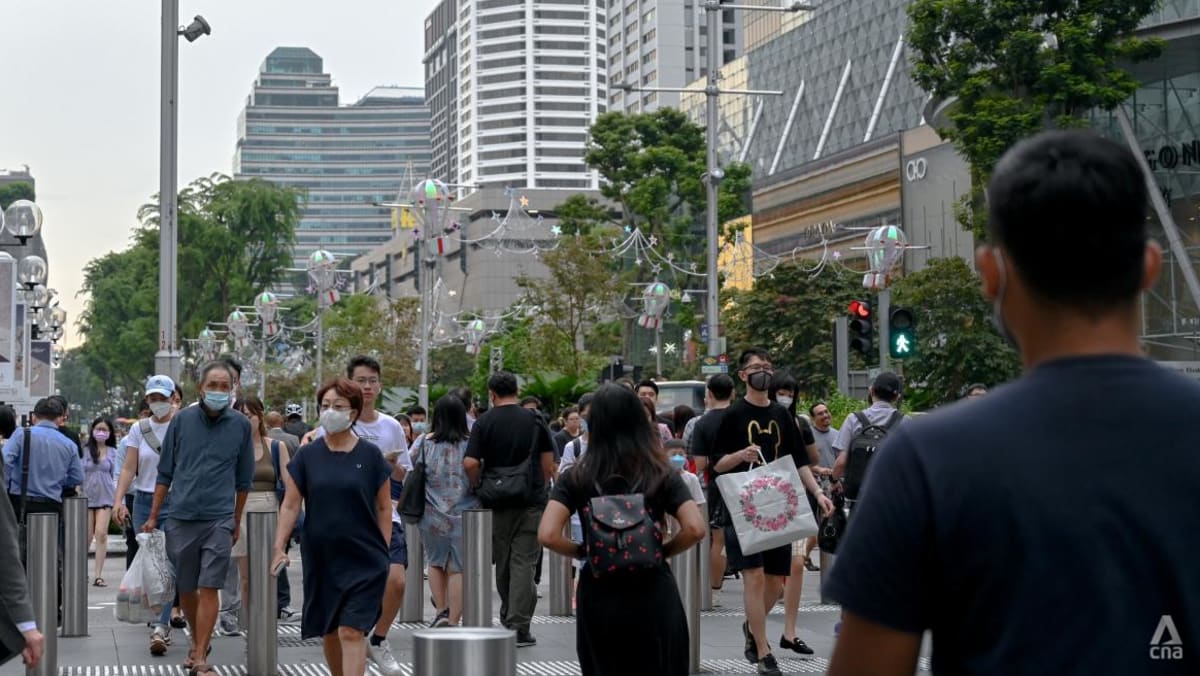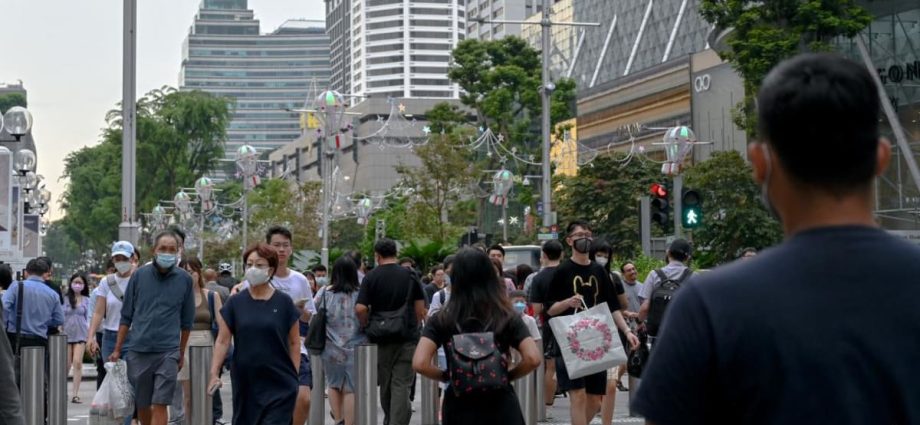
IS THE BANKRUPTCY THRESHOLD TOO LOW?
Given this context, it is imperative to consider how Singapore’s bankruptcy framework can continue to serve these objectives in the post-COVID-19 economy.
Under the Insolvency, Restructuring and Dissolution Act 2018, a bankruptcy application can be made against a debtor if he or she cannot repay debts of S$15,000 (US$11,260). The law also allows debtors up to 21 days to pay up on a statutory demand before bankruptcy proceedings may be commenced against them by creditors.
A crucial part of this framework is the opportunity for debtors to avoid bankruptcy by entering into a debt repayment scheme, which allows them to pay their creditors back over a maximum of five years. However, there are specific criteria for eligibility: Debtors must not hold more than S$150,000 in unsecured debt, and they cannot be sole proprietors or partners in a firm.
During the temporary COVID-19 support measures from April to October 2020, adjustments were made to these thresholds. The minimum debt level required for a bankruptcy application was temporarily raised from S$15,000 to S$60,000. Simultaneously, the eligibility threshold for the debt repayment scheme saw an increase from S$150,000 to S$250,000.
These adjustments provided a buffer during the challenging economic times brought about by the pandemic.
As we analyse the current surge in bankruptcy applications in 2023, the question arises: Should the bankruptcy threshold be re-evaluated in light of the longer-term impact on the Singapore economy following the pandemic?
Singapore had 9,669 undischarged bankrupts as of end-January 2024. Being declared bankrupt has various repercussions, including restrictions on overseas travel and challenges in securing employment. Bankrupts will also have their names listed on a bankruptcy register.
Given the changing value of money, raising the bankruptcy threshold may discourage filing for bankruptcy for smaller debts and push creditors towards negotiating debt settlements. However, the challenge lies in finding a balance between policy goals to avoid discouraging lending and increasing borrowing costs.
Similarly, attention turns to the debt repayment scheme. Modelled after the US Bankruptcy Code’s Chapter 13, Singapore’s debt repayment scheme aims to create mutually beneficial outcomes for creditors and debtors by ensuring that creditors receive payment of debts owed and debtors avoid the stigma of bankruptcy.
Broadening access to this scheme by raising the S$150,000 threshold or indexing it annually could provide relief to a larger segment of debtors. Allowing those operating an unincorporated business to qualify, provided that they earn a regular income, as permitted by Chapter 13, might also enable small- and medium-sized enterprises the opportunity to rehabilitate.

